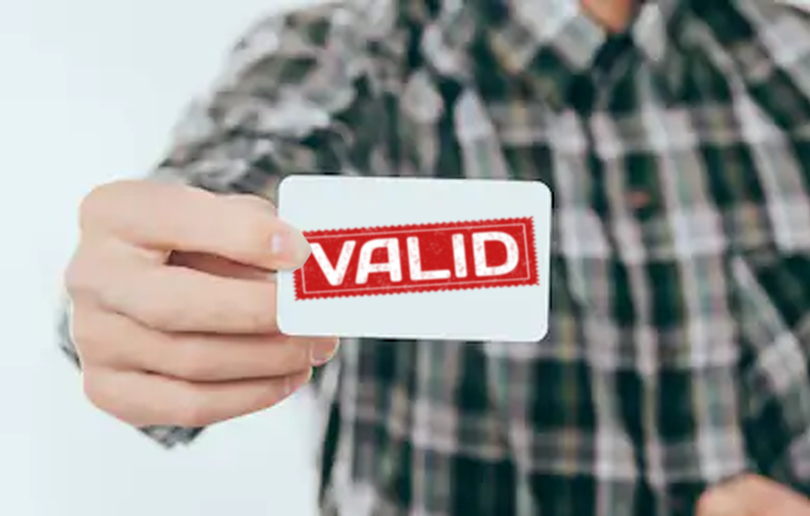So you don’t need a
Voter ID to vote, right? All you need is a valid ID. But that raises
this very good question:
Use cases
Which IDs does the COMELEC accept as valid? It’s a long-ish list.
But before we get into that list, here’s the info COMELEC needs from you when you register:
- That you appear personally at the Office of the Election Officer;
- Your name;
- Your exact address – specifying the house number, name of the street, area, district, purok or sitio, and barangay where the person resides; or
- A brief description of your residence; AND
- A valid ID.
On election day, on the other hand, all you really need to do is to give the Election Inspector – the teacher running the precinct – your name so they can look it up in the Book of Voters where, if you are eligible to vote there, your name and picture will be found. At that instance, you typically are not going to need a valid ID. Sometimes however, some doubt arises as to your identity. In which case, get ready to pull out a valid ID.
The acceptable IDs for voter registration AND voting purposes are:
- Employee’s identification card (ID), with the signature of the employer or authorized representative;
- Postal ID;
- PWD Discount ID;
- Student’s ID or library card, signed by the school authority;
- Senior Citizen’s ID;
- Driver’s license;
- NBI clearance;
- Passport;
- SSS/GSIS ID;
- Integrated Bar of the Philippine (IBP) ID;
- License issued by the Professional Regulatory Commission (PRC);
- Certificate of Confirmation issued by the National Commission on Indigenous Peoples (NCIP) in case of members of ICCs or IPs; or
- Any other valid ID
Let me explain “Any other valid ID.” This line essentially means that if the ID you are presenting isn’t any of the previously named examples, then it would be acceptable to present any other ID which can be accorded a similar level of trust and confidence.
For instance, notice that “Barangay Clearance” isn’t in the list. That’s because the process for issuing Barangay clearances has been a little murky, to put it mildly. Either anyone can get one, or only the favored ‘allies’ are able to. Either way, it’s a little difficult to rely on.
Notice also that “Birth Certificate” isn’t on that list. That’s because a birth certificate can really only prove your age (which is why it IS accepted for Sangguniang Kabataan registration) but it doesn’t say where you lived. Sometimes, however, an registrant will be asked to provide a birth certificate if their age cannot be determined.
ID shows no address
One last thing. It was pointed out to me that many of the IDs in the list above do not show a person’s exact address. This is true. However, what makes these IDs acceptable is their level of trustworthiness – a function of their implicit verifiability.
There are some instances, in fact, when even with these IDs, your going to be asked to provide a proof of residence. For this purpose, the Election Officer will sometimes ask for billing statements in your name. If that isn’t available – or if the applicant simply has no valid identification document (which isn’t as rare as you might imagine) – they may ask another voter registered within the same barangay to vouch for your identity.

